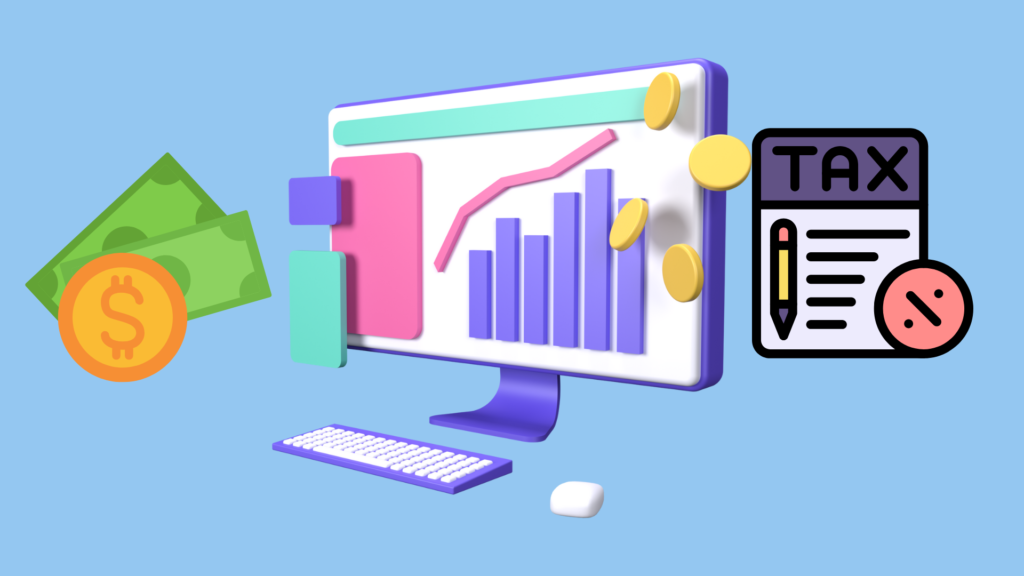“Paid-in capital” refers to the money that a company receives from shareholders in exchange for stock.

What is Paid-In Capital?
“Paid-in capital” refers to the money that a company receives from shareholders in exchange for stock. It’s a component of the equity section on a company’s balance sheet and consists of two main parts:
- Common Stock
- Additional Paid-In Capital (APIC)
Let’s delve deeper into the concept of paid-in capital, breaking down its components and their significance:
1. Common Stock
Definition: Common stock represents ownership in a company and gives shareholders voting rights and the potential to receive dividends.
Par Value: This is a nominal value assigned to shares by the company’s charter, often set at a very low amount (e.g., $0.01 or $1 per share). It’s mostly a formality and doesn’t necessarily reflect the market value of the shares.
Example: If a company issues 1,000 shares with a par value of $1 each, the total common stock recorded would be $1,000. This amount is fixed and represents the legal capital that must be maintained in the business.
2. Additional Paid-In Capital (APIC)
Definition: APIC refers to the amount shareholders pay for shares above their par value. It reflects the premium over the nominal value that investors are willing to pay.
Example: Suppose the same company from the previous example issues the 1,000 shares at a price of $5 each. The total proceeds from the issuance would be $5,000. Out of this, $1,000 would be recorded as common stock (based on par value), and the remaining $4,000 would be recorded as additional paid-in capital.
Components of Equity
Paid-in capital is part of the broader equity section of a company’s balance sheet, which also includes:
- Retained Earnings: Profits that have been reinvested in the business rather than distributed as dividends.
- Treasury Stock: Shares that the company has repurchased and is holding. These are deducted from total equity.
- Other Comprehensive Income: Includes items not captured in net income, such as unrealized gains or losses on certain investments.
Significance and Uses
- Company Financing: Paid-in capital is crucial for a company’s initial and subsequent funding needs. It provides a source of capital that can be used for expansion, research and development, or other corporate activities.
- Investor Confidence: A higher paid-in capital can signal investor confidence and a strong commitment from shareholders, which can be attractive to potential investors and lenders.
- No Impact on Profits: Unlike retained earnings, paid-in capital doesn’t impact the company’s profit or loss. It’s simply the amount shareholders have invested.
- Regulatory and Accounting Purposes: Companies must maintain records of paid-in capital for regulatory compliance and financial reporting. This information is important for understanding the capital structure and financial health of the company.
In Summary
Paid-in capital is a key element of a company’s equity, representing the funds raised from issuing stock. It’s divided into common stock (at par value) and additional paid-in capital (the excess over par value). This capital is fundamental for the company’s growth and operations and reflects the initial and additional investments made by shareholders.
Leave a Reply